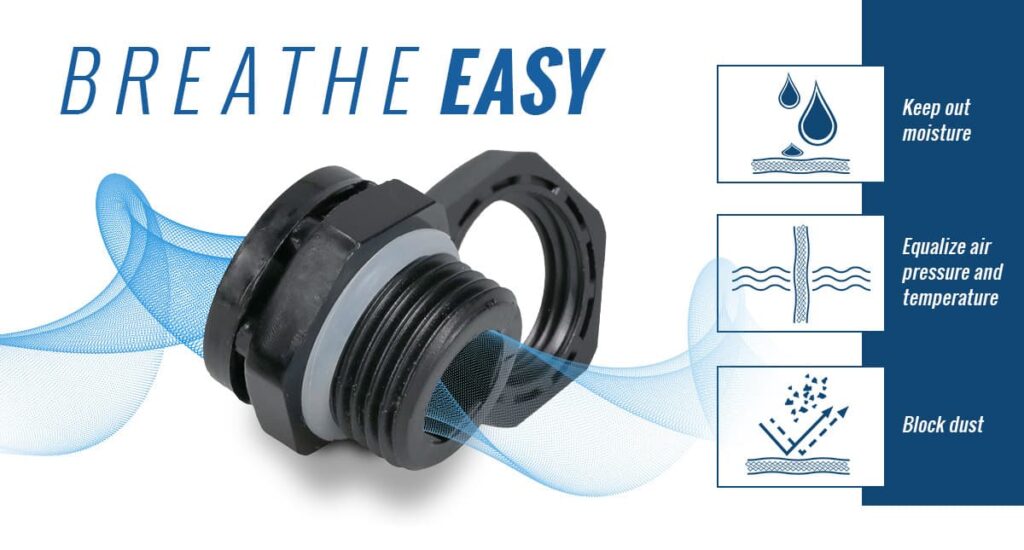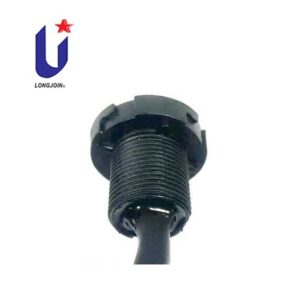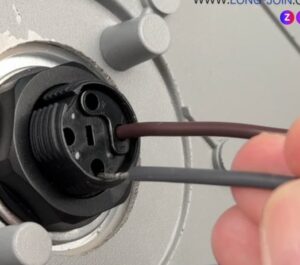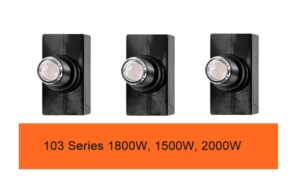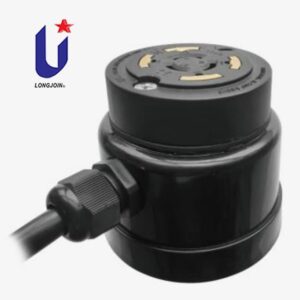The Future of Five Major Technological Solutions for Enhancing the Waterproof Level of Light Controllers
Introduce
Smart outdoor lighting systems keep changing all the time. Photocell street light controllers save energy by balancing electricity use. They keep lights running properly and reliably. Their performance often hinges on one vital factor: waterproof durability. Weather and environmental conditions can change without warning. Light controllers must endure rain, humidity, and dust while still working reliably over time.
This article explores five breakthrough waterproofing technologies shaping the future of light photocell sensor design. These solutions protect the integrity of smart controllers and extend their useful lifespan. They also lower long-term maintenance costs significantly. We will look at the tech advances that drive this shift. Then we will see how they work.
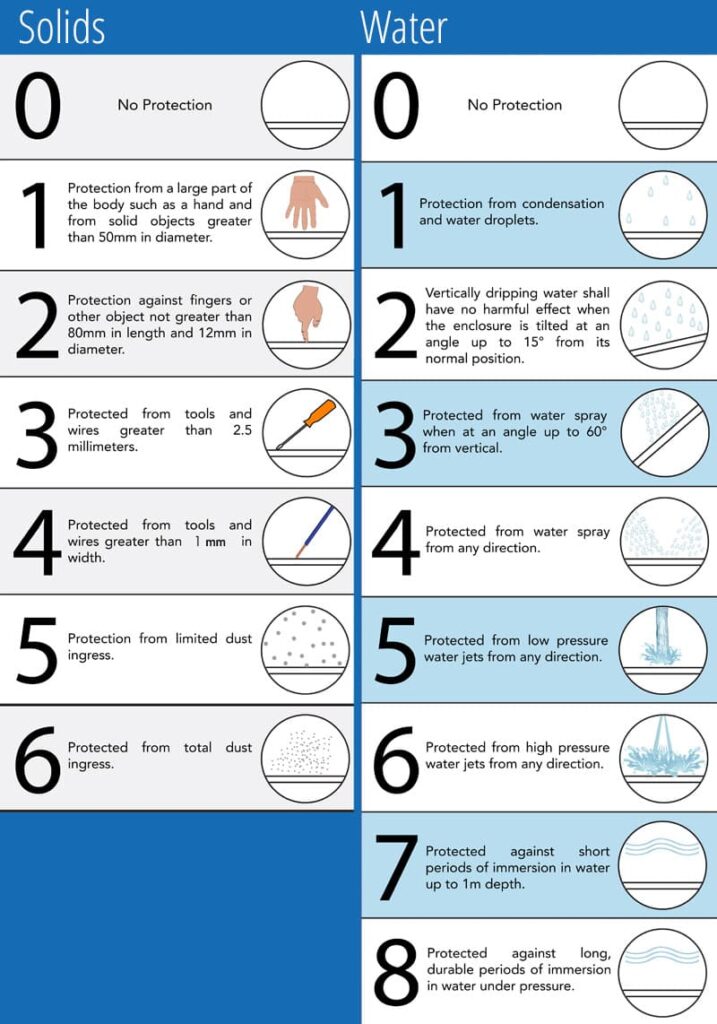
How Does Structural Design Affect Waterproof Performance?
Designing a light controller isn’t just fitting parts together. It’s also about keeping those parts safe from rain, wind, and sun. A common problem manufacturers face is water entering the housing. It seeps in through the housing’s joints or seams. This leads to corrosion, short circuits, and overall system failure. In simpler terms, if the shell isn’t smartly built, everything inside becomes vulnerable.
A bad design lets water into a photocell lighting sensor. This weak structure is the main cause. Water leaks can short out circuits. They can also cause corrosion or make signals unstable.
So, what’s the fix?
A smart approach to structural design can greatly improve a controller’s ability to repel moisture. One proven technique is integral molding technology. In this method, the controller housing is designed as a single sealed unit instead of multiple parts. This drastically minimizes entry points for water.
Design Technique | Waterproof Impact | Application |
Integral molding | Reduces seam lines & joints | Smart photocell sensors |
Raised lip & gasket seal | Adds water diversion & pressure seal | NEMA 7-pin & Zhaga socket-based models |
A well-engineered structure not only resists ingress but also supports internal pressure equalization. For instance, Long-Join’s integrated NEMA receptacles are designed with enhanced moisture barriers to reduce internal condensation. These solutions are especially important in photocell control systems placed in wet, coastal, or dusty regions.
What is a Waterproof Ventilation Membrane, and Why is It Useful?
Sealing a device sounds like a perfect solution—until it traps moisture inside. That’s what happens when hot air builds up inside a sealed unit and condenses into water. It’s a silent killer of electronics. That’s where waterproof ventilation membranes come in.
Have you ever opened a sealed device only to find it foggy inside? That fog is trapped moisture, usually caused by pressure differences. Without proper ventilation, even a sealed light controller can become compromised from the inside.
Enter the waterproof ventilation membrane. This smart material allows air and vapor to escape while blocking water and dust. Think of it as a selective filter that balances pressure without letting water seep in.
Feature | Benefit | Common Use |
Allows gas exchange | Outdoor photocell light sensor | |
Hydrophobic surface | Blocks water molecules | Photocell LED street light systems |
UV-resistant coating | Withstands outdoor exposure | IP65 photocontrol sensors |
At Long-Join, we integrate this membrane into our smart photoelectric sensors to prevent pressure buildup. The result? Increased reliability and reduced maintenance in varied environments, including high altitudes and coastal cities. You can learn more about this in our JL-207 Photocontrol Series.
How Does a Waterproof Ventilation Valve Work?
Light controllers in outdoor environments face not just water, but constant temperature swings. When the temperature changes, the pressure inside rises or falls. This pulls moisture in through the tiniest openings. This is where the ventilation valve proves essential.
While membranes release vapor, ventilation valves take things further. These valves keep the internal pressure steady. They stop moisture from getting in. They work best in places with fast temperature swings. They are ideal when heat or cold arrives suddenly.
Imagine a controller installed in a desert city that experiences both blazing hot afternoons and chilly nights. The expanding and contracting air can force moisture into the housing. A ventilation valve equalizes this pressure, keeping your photo cell sensor dry.
Component | Function | Benefits |
Ventilation valve | Balances pressure, prevents entry | Avoids fogging, extends sensor lifespan |
Silicone O-ring | Adds sealing around the valve | Improves water resistance |
Self-healing membrane | Resets after pressure events | Long-term durability |
Adding these valves to light sensor photocell switch designs is now a best practice in modern outdoor lighting, especially for systems installed on bridges or highways.
What Role Do Sealing Rings Play in Preventing Water Ingress?
Our Long-join photocell base (JL-241J base) structure comes with a waterproof ring, and tightly attached to the base base edge. A perfect photocell quality, heavy on the waterproof ring at the photocell base seam is complete silicone seal. If the photocontroller produces water infiltration problems, often occurs in the photocell base silicone seal seam has a gap, and the position of
the waterproof ring occurs.
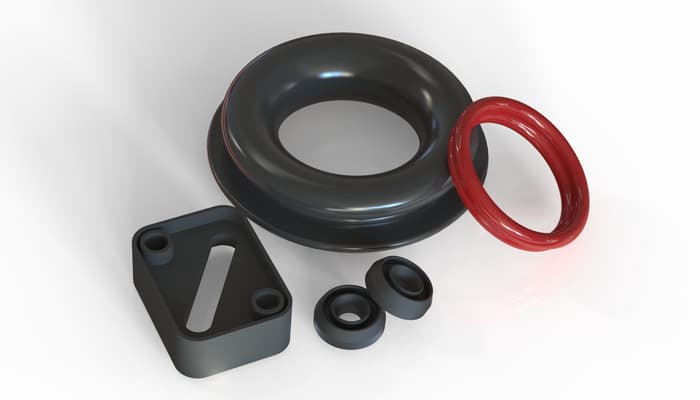
A photocell sensor for street light can fail due to something as small as a weak seal. This is why sealing rings are critical for tight seals. They’re often made of silicone or rubber.
These rings fit tightly at the joint points. They meet where the receptacle joins the housing and where the lens is installed. Their job is simple: block water, dust, and contaminants.
Material | Waterproof Rating | Usage Location |
EPDM rubber | IP65–IP67 | Zhaga socket enclosures |
Silicone | Heat and UV-resistant | NEMA 7 pin插座 designs |
Nitrile (NBR) | Oil and chemical resistant | Industrial photocell switch environments |
High-grade sealing rings like those used in Long-Join’s JL-700 Zhaga series ensure consistent performance under heavy rainfall or snow.
Can Surface Coating Treatments Really Keep Water Out?
One of the more underrated waterproofing methods is surface coating. While most people focus on sealing the housing, engineers know that protecting the electronics is just as vital. Coatings create an invisible barrier that shields circuits from water damage.
Nano-coating techgnologies make a tiny barrier over parts. It protects both inside and outside surfaces.These coatings push off water and prevent rust. They block dust without adding bulk.
Nano-coatings get sprayed onto parts. They can also be dipped onto PCBs and enclosures.After curing, they form a thin, water-repellent film. This film boosts IP ratings without adding weight or reducing flexibility.
Type of Coating | Protection Level | Ideal Use Case |
Nano-silica spray | Hydrophobic and dustproof | Smart photocell lighting sensor |
Conformal acrylic coat | Electrical insulation | Photocontrol circuit boards |
UV-curable polymer | Rapid deployment | LED street light photocell components |
Long-Join’s coating technologies are used across its outdoor photocell light sensor models to ensure reliable use even in extreme conditions.
Can Surface Coating Treatments Really Keep Water Out?
Each of these five innovations—structural design, ventilation membranes, ventilation valves, sealing rings, and surface coatings—offer unique protection. But they’re most effective when used together.
Think of waterproofing as a layered strategy. One layer blocks rain from seeping in. Another keeps the internal pressure balanced. A third layer shields the electronics from corrosion. At Long-Join, our goal is to build smarter, longer-lasting photocell lighting control systems that thrive in real-world conditions.
As the demand for smart cities grows, the pressure on lighting infrastructure increases. These five technologies make sure your systems don’t just survive—but perform at their best.
External Links:
●https://www.sciencedirect.com/topics/engineering/surface-coating
●https://en.wikipedia.org/wiki/Polychlorinated_biphenyl
●https://global.kyocera.com/prdct/fc/technologies/016.html
●https://polyfluoroltd.com/blog/ptfe-in-filtration-the-uses-and-benefits-of-porous-and-microporous-ptfe-materials/



